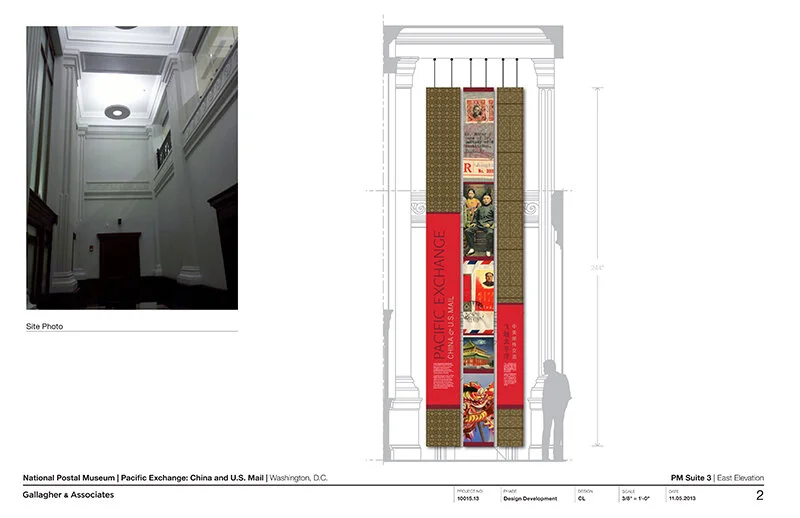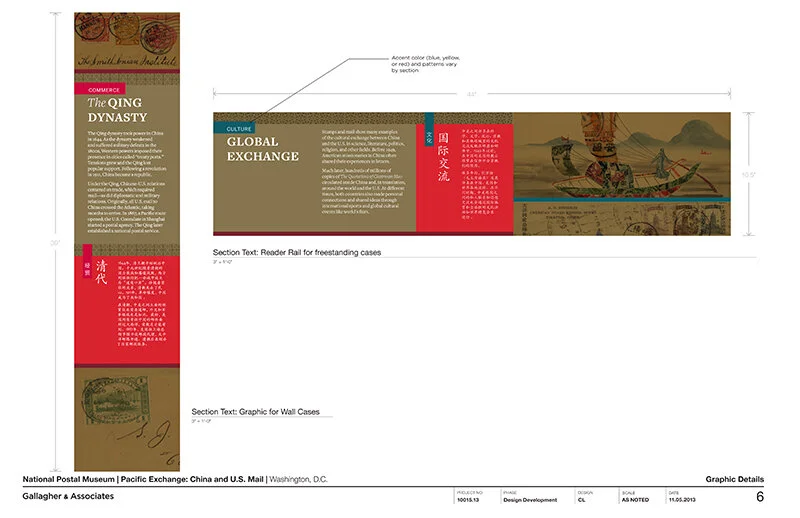Before the Covid-19 pandemic disrupted everyone’s life, if the weather were terrible … well, at least you could pop into a museum and while away an hour or two.
Museums in the Washington, DC region are currently closed to the public, but there is still opportunity to see outdoor exhibitions — even in terrible weather. I took these photos yesterday, of the exhibition, Habitat, that I designed for Smithsonian Gardens. (More photos, taken in warmer times, along with a project description.)
If you’re interested in exploring the Habitat exhibition, on the National Mall in Washington, DC, here is the wayfinding map to help you locate the different exhibits:
What interesting outdoor exhibitions have you seen recently? Let me know in the comments!














































